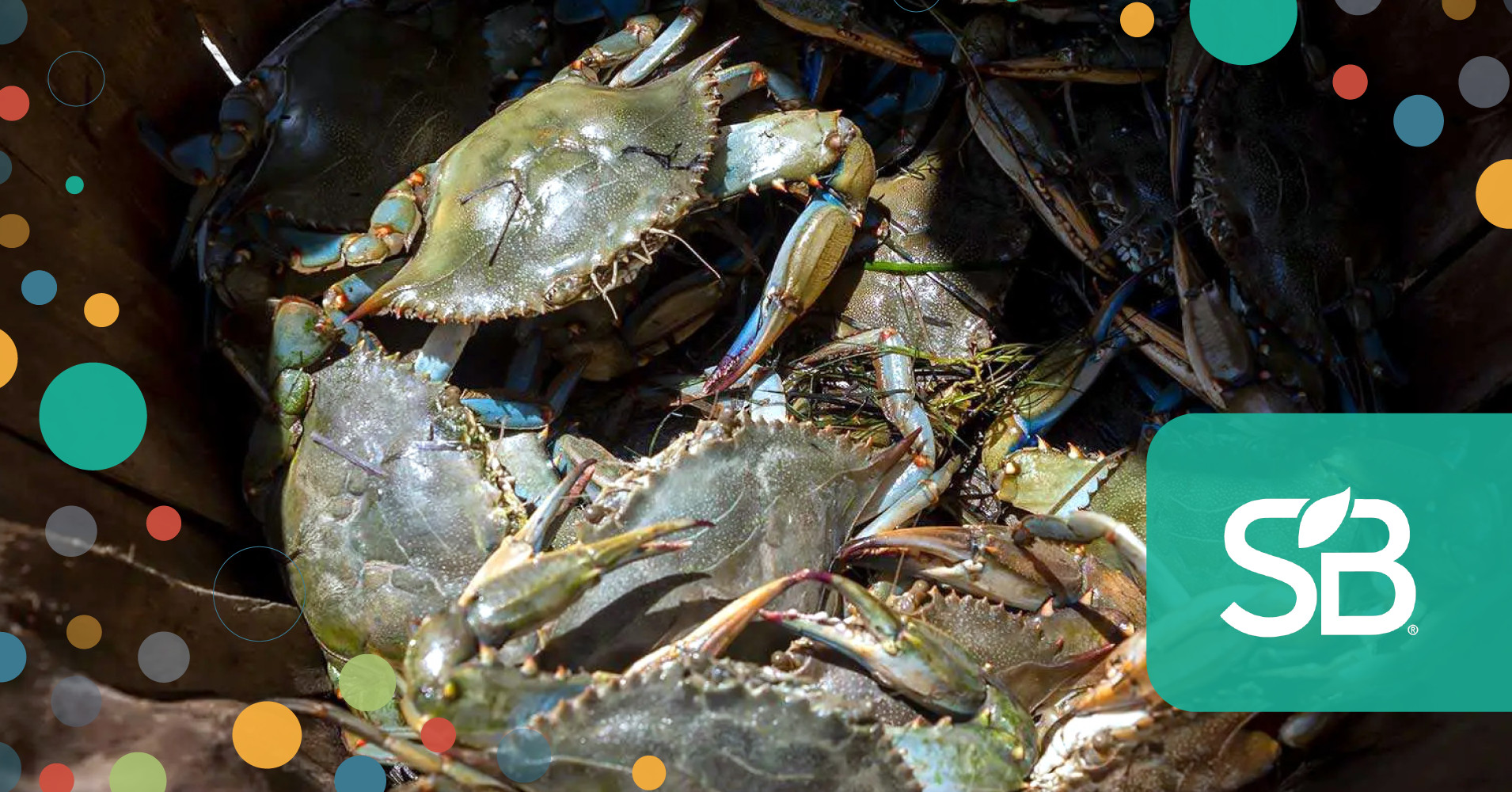University of Maryland researchers have developed a new type of porous material
made of chitosan and copper to spray on fresh produce that absorbs chemical
pesticides, extends shelf life and easily washes off.
Crab shells have emerged as something of a dark horse in recent years, in
terms of their utility in improving sustainability: The typically wasted shells
of crabs and their fellow crustaceans are composed of a biopolymer that is
proving increasingly useful in everything from wastewater
treatment
and solar
cells
to biodegradable alternatives to
plastic
and polystyrene
packaging.
Now, University of Maryland (UMD) researchers have
engineered a material made from the biopolymer — chitosan — that not only
extends the shelf life of produce; it also removes chemical pesticides and
herbicides.
The new technology, made of a derivative of crab and shrimp shells, is designed
to form a microscopically thin nanocrystal layer on the treated produce —
absorbing and removing chemical residues. The work,
published in the
journal Matter, was a collaboration among researchers in the University’s
Departments of Materials Science and Engineering and Nutrition Food and
Science.
“This work offers a viable solution to improve food safety associated with our
daily life,” said Qin Wang, a
professor in nutrition and food science and collaborator in the study.
While the idea of coatings made from organic material to slow produce spoilage
isn’t new — solutions from companies including
Apeel,
Foodberry,
Lidl
and Mori are hard at work on that front — none of them
have the added benefits of also removing chemical pesticides; pesticide residues
on fruits and vegetables have been linked to severe health problems — including
increased risks of cancer, attention-deficit hyperactivity disorder and
Alzheimer’s disease.
Common household cleaners, ranging from vinegar, baking soda or salt
solutions
to more costly alternatives such as hydrogen peroxide and ozone, are widely used
to remove pesticides and herbicides; but they are either not entirely effective
or can damage or alter the produce’s appearance and taste. The washing process
itself may also shorten the shelf life due to “micro-wounds” such as bruises
formed on the fruit’s surface.
The UMD solution is a new type of porous material made of chitosan and
copper, which has antimicrobial properties — the researchers tested it by
spraying a thin layer on strawberries, whose highly porous structure makes them
efficient absorbers of chemical residues.
The researchers also developed a smartphone app that consumers could use at home
to check the chemical residue level, which found this new material was effective
in absorbing them; the coating also enhanced the fruit’s shelf life and was
easily rinsed off. The team says the simplicity of the washing process, combined
with an easy method for evaluation of residue levels via smartphone-based image
analysis, offers a practical and consumer-friendly approach to enhancing food
safety and quality.
Consisting only of materials and chemicals that are Generally Recognized as
Safe
(GRAS),
a designation established by the US Food and Drug Administration, the
technology is also highly scalable.
This isn’t UMD’s first foray into working with crab shells or developing
innovative food-waste solutions:
-
Earlier this year, a multidisciplinary team led by UMD’s College of
Agriculture and Natural Resources was awarded $5 million from the
National Science Foundation to develop NourishNet: a comprehensive,
technology-based approach to tackling food waste and insecurity featuring
“Quantum Nose” — a portable, user-friendly food-quality sensor that can
detect early-stage food spoilage; and FoodLoops — a real-time app to be
developed to optimize surplus food distribution to food-insecure people. -
In 2022, the school’s Department of Materials Science and Engineering
developed a zinc
battery
— which could be used to store energy for electric vehicles and wind and
solar installations — with a biodegradable, chitosan-based electrolyte that
could help solve the issue of unrecyclable waste from conventional
end-of-life batteries. The biodegradable electrolyte in the zinc and
chitosan battery means that about two-thirds of it could be broken down by
microbes, leaving behind the metal component — in this case, zinc — rather
than lead or lithium.
